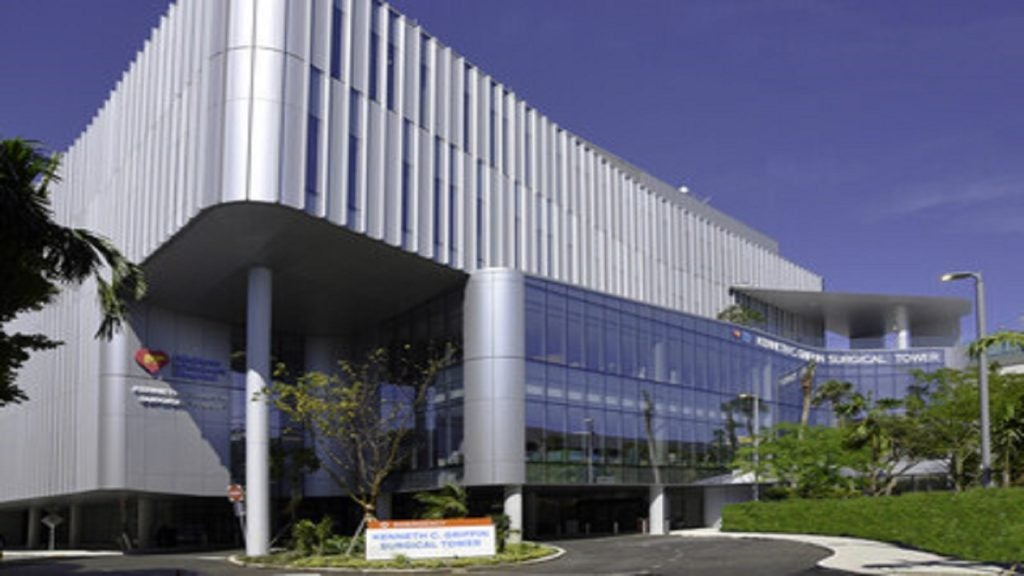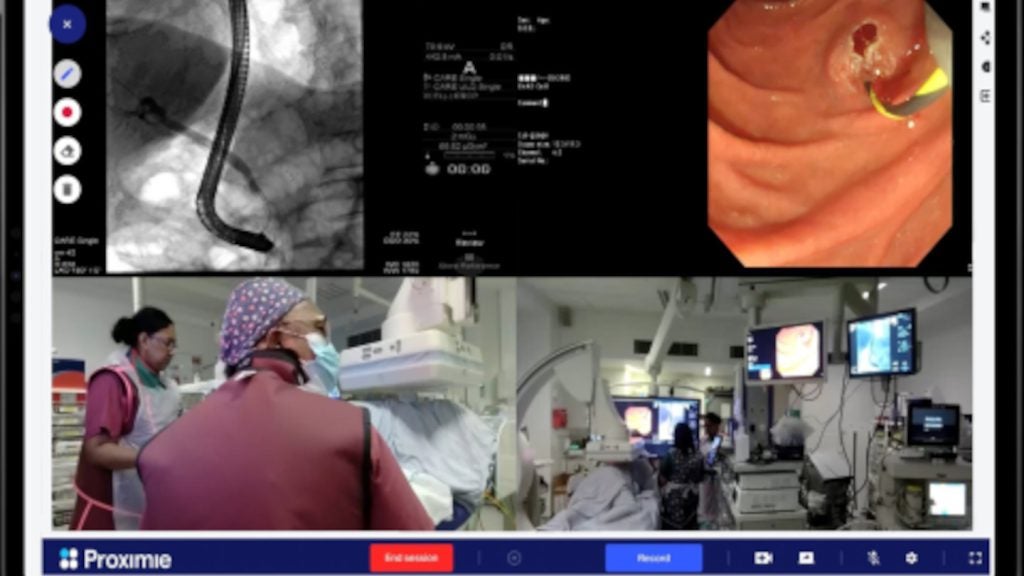Vejthani Hospital in Bangkok, Thailand, has introduced computer assisted replacement surgery for knee arthroplasties.
In computer assisted surgery (CAS), the computer is installed with medical surgery software and connected to a surgical infrared camera and specialised surgical instruments.
The surgeon uses a computer system to perform the knee replacement, which allows for precision and accuracy during the surgery.
The system acts as a GPS for the human body, helping the surgeon by providing navigation information and enhanced 3D visualisation.
This allows the surgeon to see the computer-generated image while performing the operation.
CAS starts with the premise of visualisation of the operative field, thus allowing a accurate preoperative diagnostic and a well-defined surgical plan, by using surgical planning in a preoperative virtual environment.
How well do you really know your competitors?
Access the most comprehensive Company Profiles on the market, powered by GlobalData. Save hours of research. Gain competitive edge.

Thank you!
Your download email will arrive shortly
Not ready to buy yet? Download a free sample
We are confident about the unique quality of our Company Profiles. However, we want you to make the most beneficial decision for your business, so we offer a free sample that you can download by submitting the below form
By GlobalDataThe surgeon can assess surgical difficulties and risks and have a clear idea about how to optimise the surgical approach.
During the operation, the computer guidance improves the geometrical accuracy of the surgical gestures and also reduces the redundancy of the surgeon’s acts.
The other advantages include lesser chance of blood clotting, minimal invasive surgery and less pain.







